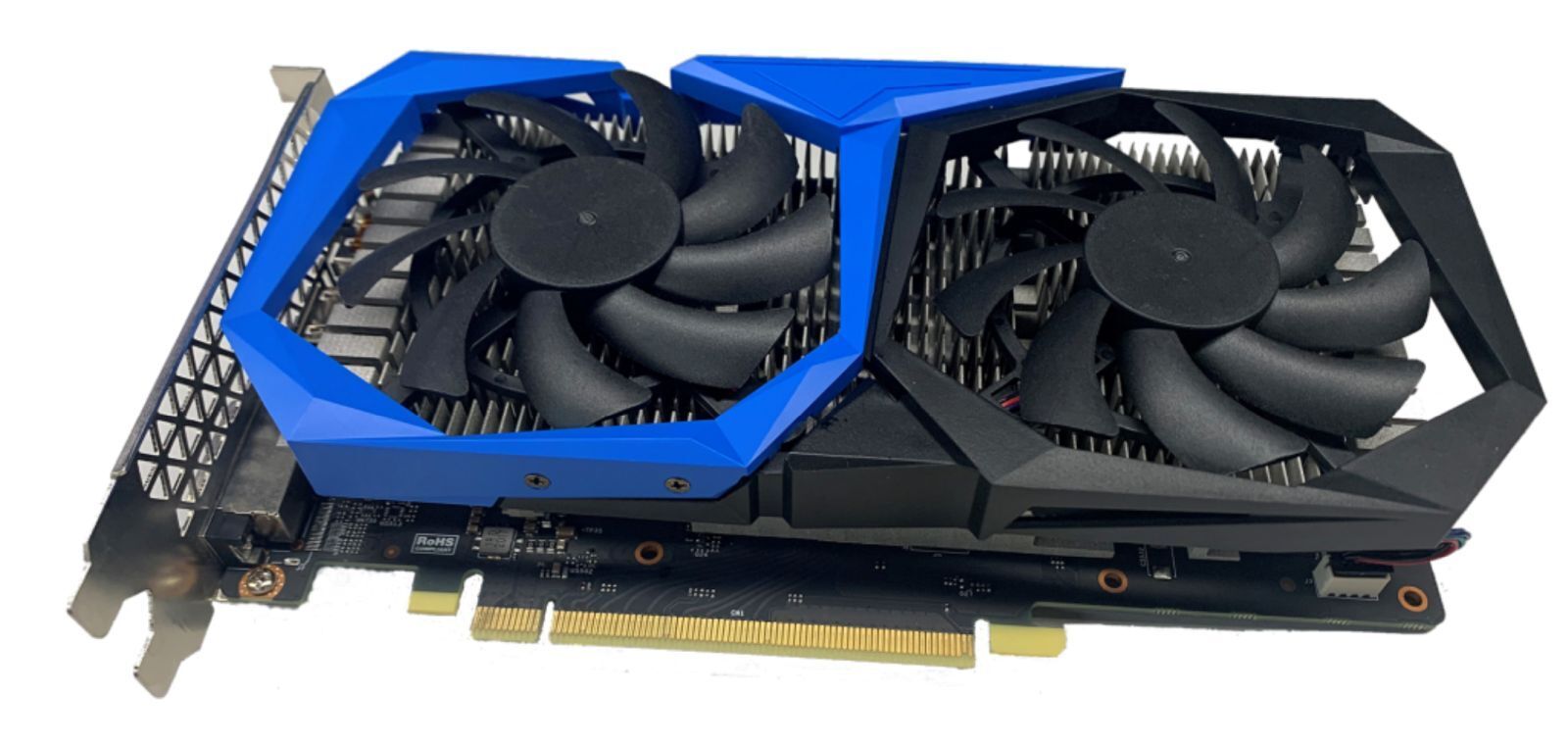


This graphics card gives people a basic graphics card that can run most games at a baseline. This item doesn’t hold a candle to Nvidia’s best offerings (as we will soon show), but it isn’t trying to compete. To properly judge it, we have to look at what Intel is attempting to offer: An entry-level upgrade. This isn't completely terrible as a first offering into the world of graphics cards. This also features 10nm SuperFin construction, now that Intel has finally gotten it under control. This makes for an extreme data access speed. However, it is operable with PCIe 4.0 and can connect to four displays. It also uses shared RAM rather than dedicated RAM and 68GB/s bandwidth. It supports DP 1.4 w/ HDR and HDMI 2.0 and can connect to three displays. This maximum clock does not even meet the base clock speed of an out-of-date RTX model. The piece features a maximum clock speed of 1500 MHz or only 1.5 GHz.

This is important, because the statistics we are about to list may seem punishingly weak to desktop users. The first set of current Intel Iris Xe graphics cards used Iris Xe MAX as a baseline for performance. These are among the first cards entirely originated for desktop devices. This last offering will launch in 2024, leading to a quick turnaround on the current architecture. Popular wisdom holds that Nvidia is faster, but is it really that much faster? Intel Iris Xe: What Do We Have Now?īefore we go into detail, we need to emphasize that Intel’s recently released Alchemist chips sport an entirely new architecture and development as far as Intel Xe 3 is concerned. For now, we are going to compare Intel’s Iris Xe Graphics to Nvidia’s offerings. Intel’s current GPU roadmap may completely change its company perception in the next few years. Route optimizers and other technological advancements can improve your performance, but a powerful enough graphics card can only help you even more. That’s a big reason why Nvidia and AMD have historically been the only major rivals in the world of hardware. Having graphics powered by Intel formerly meant you needed to purchase something to help everything run smoothly. Intel Xe has largely powered these developments, but the company recently expanded into more discrete graphics cards like the Intel Iris Xe. At worst, it wouldn’t boot at all.įor better or worse, Intel has become the poster child for integrated graphics. At best, the game would run well on low settings. Low-resource indie games were fine, but trying to play anything more intensive would be a hassle. In practice, integrated graphics was a nuisance more than a perk for many years. This made the job of manufacturers and PC-building hobbyists easier, as any processor could suddenly run the best graphics.Īt least, this is what it should have meant in theory. Finally, GPUs could be integrated to create more practical designs. This development marked a major milestone in hardware development.

Intel created the first CPU with integrated graphics in 2010.


 0 kommentar(er)
0 kommentar(er)
